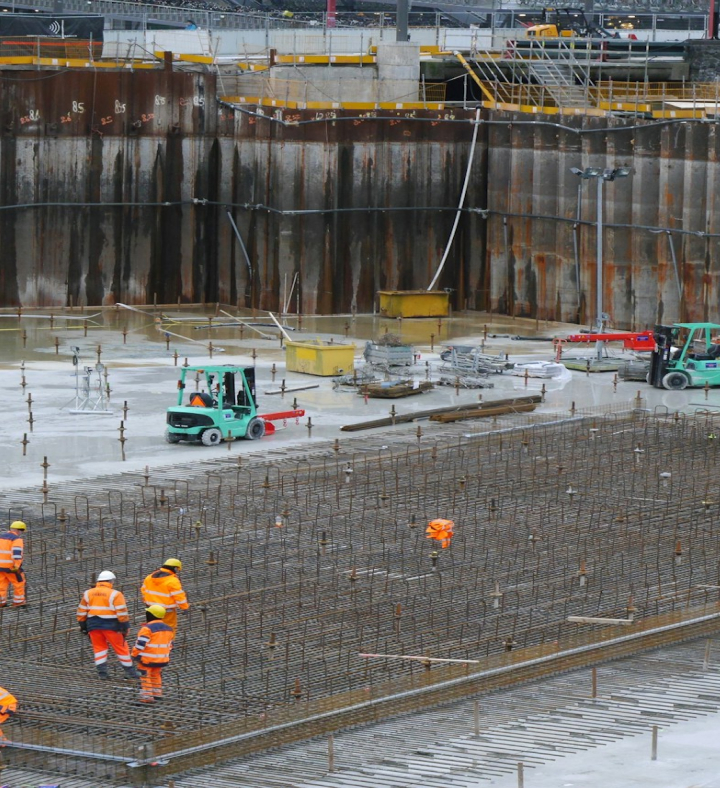Thank you for reaching out to Migration-Pathfinders! One of our representatives will get back to you shortly. We appreciate your interest and look forward to assisting you.
Labour Agreements
Labour agreements (LA) enable approved businesses to sponsor skilled overseas workers when there is a demonstrated need that cannot be met in the Australian labour market and where standard temporary or permanent visa programs are not available for visas like the Skills in Demand (SID) Visa (Subclass 482) and the Skilled Employer Sponsored Regional (SESR) Visa (Subclass 494). Labour agreements offer more flexibility than standard migration programs and can be customised to meet the specific needs of industries and businesses.
Why Choose a Labour Agreement?
For businesses facing significant skill shortages, particularly in industries like agriculture, hospitality, and construction, a labour agreement provides a tailored pathway to recruit overseas workers. These agreements are especially useful when the standard visa programs don’t fully address the unique needs of the business or industry.
Types of Labour Agreements:
Company-Specific Agreements:
Customised to the needs of an individual business, this agreement allows employers to sponsor workers when the standard visa programs are not suitable.
Industry Agreements:
Established in collaboration with an entire industry sector, these agreements address widespread skill shortages across an industry, such as in aged care or meat processing.
Designated Area Migration Agreements (DAMA):
These agreements allow regions experiencing skill shortages to access overseas workers. DAMAs are negotiated between the government and regional authorities.
Project Agreements:
For employers involved in major infrastructure or resource projects, project agreements allow them to recruit overseas workers for large-scale projects.
Global Talent Scheme (GTS):
This labour agreement allows Australian businesses to sponsor highly skilled workers in emerging tech fields and niche roles where local talent is scarce.
Eligibility for a Labour Agreement
To apply for a labour agreement, businesses must demonstrate:
Genuine Need: Proof that there are no suitable Australian workers available to fill the roles.
Labour Market Testing: Evidence that the business has made significant efforts to recruit local workers.
Adherence to Fair Pay: Employers must ensure that overseas workers are paid market rates equivalent to Australian employees in similar roles.
How to Apply for a Labour Agreement?
Initial Request
Employers must submit an expression of interest outlining the need for overseas workers and the shortage of local talent.
Negotiation
The business will work with the Department of Home Affairs to negotiate the terms of the agreement.
Approval and Sponsorship
Once approved, the business can nominate overseas workers under the agreed terms.
Labour agreements are typically valid for five years, with the option to extend or renegotiate terms based on ongoing business needs.in terms of obligations, similar obligations applicable to standard business sponsorship apply Visit Standard Business Sponsorship page Labour agreements offer a flexible, tailored approach to recruiting overseas talent when local options are limited. By entering into a labour agreement, businesses can secure the skills they need to grow, while complying with Australia’s immigration laws.

Benefits of a Labour Agreement
Business must demonstrate:
Tailored to Specific Needs: Labour agreements offer flexibility in addressing specific skills shortages and allow for modifications to visa conditions, including lower skill levels or age limits in certain cases.
Long-Term Workforce Stability: These agreements often provide pathways to permanent residency, ensuring long-term retention of skilled workers.
Priority Processing: Employers with a labour agreement can benefit from faster processing times when applying for related visas for some agreements.
How Can We Help?
For more information, or to get started with your LA application, contact us today
Enquire Now